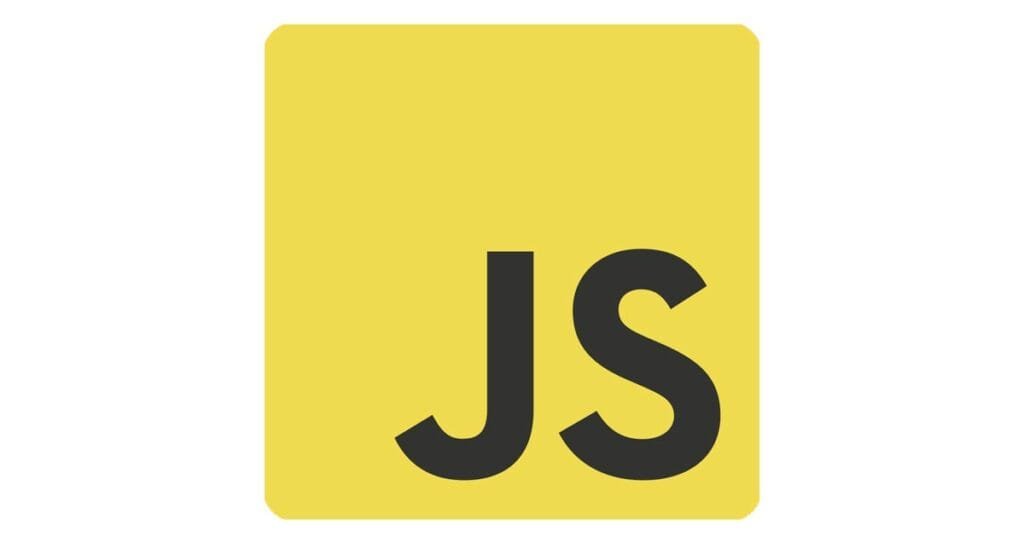JavaScript, often abbreviated as JS, is a high-level, interpreted scripting language that has become an integral part of the modern web. It’s used to make web pages interactive, build web applications, and even power back-end servers. If you’ve ever been amazed by a dynamic website feature or a sleek web application, chances are JavaScript played a role in its creation.
In this comprehensive guide, we’ll dive deep into the world of JavaScript, exploring its origins, its capabilities, and how you can harness its power to bring your web projects to life. By the end of this article, you’ll have a solid understanding of the language’s fundamentals, its potential applications, and the resources you need to continue your JavaScript journey.
What you’ll learn from this article:
- The history and significance of JavaScript in the web development landscape.
- Essential concepts and features of the language.
- Practical steps to start coding in JavaScript.
- Resources and tools to aid your learning journey.
How to Get Started with JavaScript
Table of Contents
- Brief History of JavaScript
- Why Learn JavaScript?
- Setting Up Your Development Environment
- JavaScript Basics
- Advanced Concepts
- Resources and Tools
- Frequently Asked Questions
- Final Thoughts
- Sources
Brief History of JavaScript
JavaScript was created in just 10 days in May 1995 by Brendan Eich, while he was working at Netscape. Initially named Mocha, it was soon renamed to LiveScript and eventually to JavaScript. Despite its name, JavaScript is not directly related to the Java programming language. The name was likely influenced by marketing considerations, capitalizing on the popularity of Java at the time.
Why Learn JavaScript?
JavaScript is the only language native to the web browser. This means if you want to create interactive websites, you’ll need to know JS. Moreover, with the advent of Node.js, JavaScript can now run on the server-side, making it a versatile language for full-stack development. According to the Stack Overflow Developer Survey 2021, JavaScript remains the most commonly used programming language for the eighth year in a row.
Setting Up Your Development Environment
Before diving into coding, you’ll need a development environment:
- Web Browser: Modern browsers like Chrome, Firefox, or Edge come with built-in developer tools.
- Text Editor: Choose from popular editors like Visual Studio Code, Atom, or Sublime Text.
- Node.js: If you’re interested in server-side programming, download and install Node.js.
JavaScript Basics
- Variables: Store data values.
- Data Types: Understand strings, numbers, arrays, and objects.
- Functions: Reusable blocks of code.
- Control Structures: If-else statements, loops, and switches.
Advanced Concepts
- Asynchronous Programming: Understand callbacks, promises, and async/await.
- Object-Oriented Programming: Dive into prototypes, classes, and inheritance.
- Functional Programming: Explore higher-order functions, map, reduce, and filter.
Resources and Tools
- MDN Web Docs – A comprehensive resource for JavaScript documentation.
- JavaScript.info – Detailed tutorials from basics to advanced.
- ESLint – A tool to find and fix problems in your JavaScript code.
Frequently Asked Questions
Final Thoughts
JavaScript is a dynamic and versatile language that has shaped the modern web. Its ability to run both on the client and server side makes it a valuable skill for any developer. The most important takeaway from this article is that learning JS opens doors to a wide range of web development opportunities. With dedication and the right resources, you can master this language and leverage its capabilities to create impactful web solutions.
Sources
I write for and assist as the editor-in-chief for 601MEDIA Solutions. I’m a digital entrepreneur since 1992. Articles may include AI assisted research. Always Keep Learning! Notice: All content is published for educational and entertainment purposes only. NOT LIFE, HEALTH, SURVIVAL, FINANCIAL, BUSINESS, LEGAL OR ANY OTHER ADVICE. Learn more about Mark Mayo



